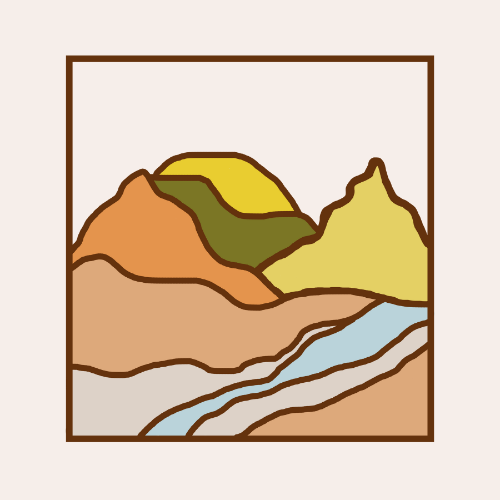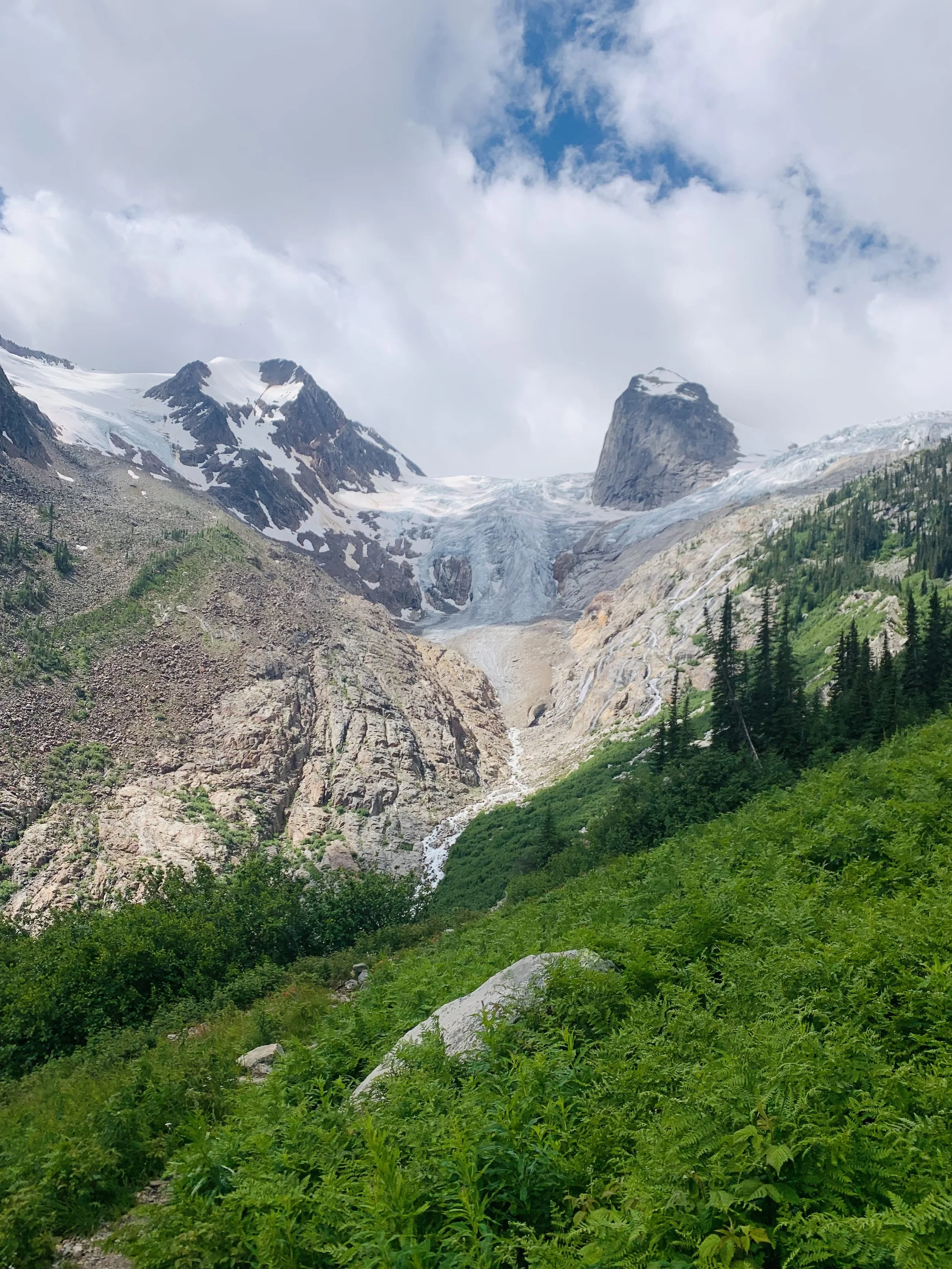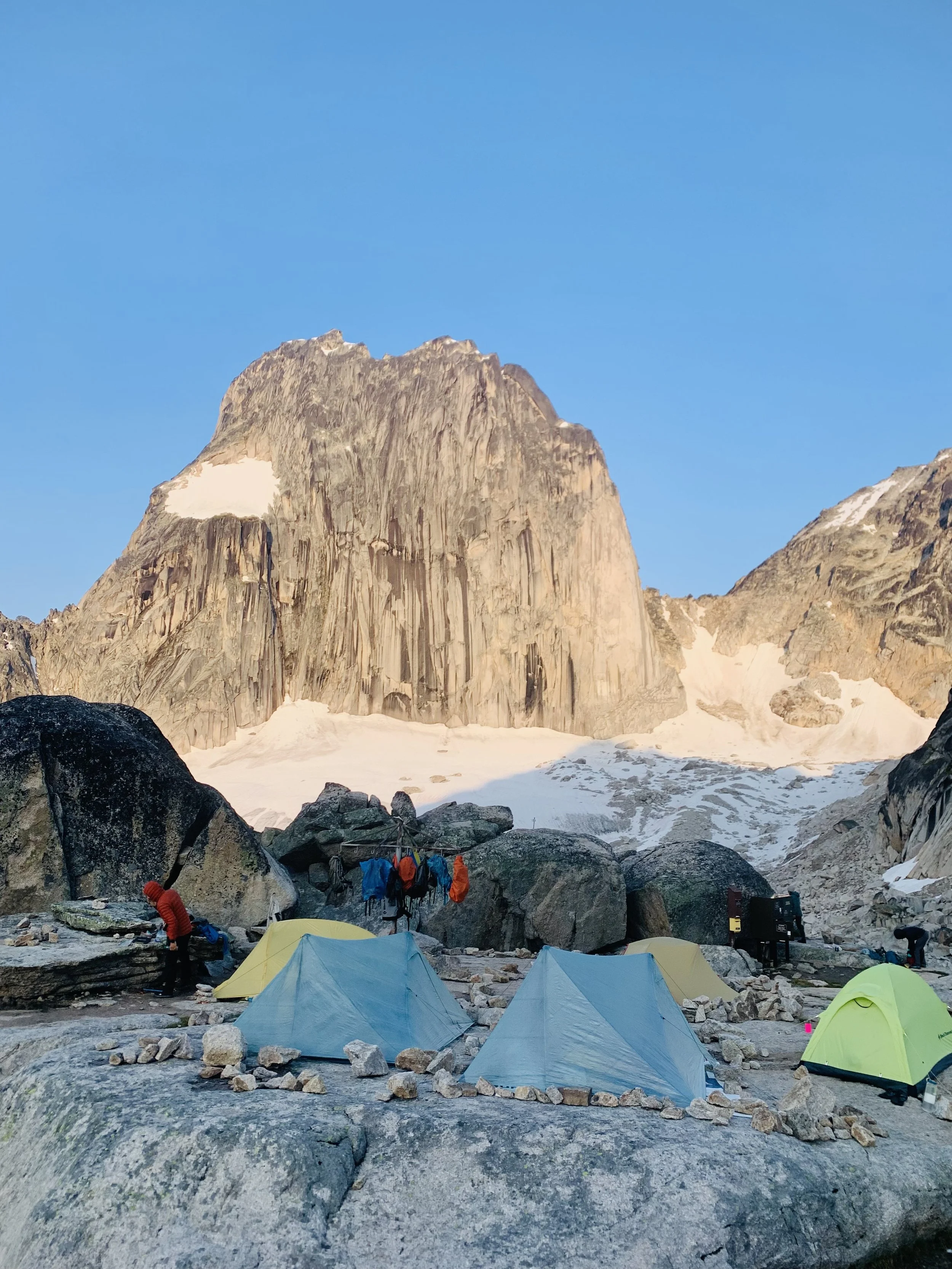Knowing when to go
There’s a helpful rule I was taught when I was learning to paraglide. Our instructors told us, don’t fly if you:
Have recently consumed drugs or alcohol
Are feeling stressed
Are feeling tired
Are dehydrated or hungry
When the skies and wind look beautiful I feel drawn to fly, but take a second to check in with myself. How am I feeling? “Oh man, I’m actually exhausted, dam it.” It sucks missing out on the good weather days but deep down I know this checklist is a little wisdom barrier preventing me from a higher risk of injuring myself or others.
It’s only recently that I’ve realised other adventure activities don’t get treated with the same risk filter. I’ve shown up to the crag before and been tired or similarly, a friend has shared, “I hardly got any sleep last night.” My mind jerks, realising I’ll need to overcompensate while leading a climb because I don’t know how bright and bushy my partner will be to catch me if I fall and vice versa. Alternatively, I’ve been to crags where climbers enjoy a joint. I know weed can be relaxing and boost creativity and connection, for some their climbing technique is on point and a beautiful experience, but not everyone reacts to substances the same way. Does this mean it shouldn’t be done? I don’t think so. It’s up to you and your partner to communicate what you’re comfortable with and take the time and measures needed to know each other, if you don’t already, in order to entrust your safety. For me, I can’t bring myself to tie into a rope of a friend or stranger who’s a little dosed.
In the mountaineering world, I see people getting after it with early alpine starts, restless sleep in the mountain weather, chasing multi-day missions, scrambling steep ridge lines, mixed climbing, route finding, and skiing on little sleep. I watched Nim in the movie 14 Peaks break records for successfully climbing 14 8,000m peaks in 6 months and 6 days. Some peaks he summited hung over from a party the night before and on minuscule sleep. I know our bodies are capable of way more than I imagine, and Nim is living proof. But how much of that is chance? Could the risk that he chose to endure with a hangover and bloodshot eyes also have been deadly?
And stress. I’ve experienced times on a hiking or backcountry ski trip where my mind has been so full. I wander around like a shell of a woman, eyes glazed over, following someone’s footsteps in front. My partner, seeing the spaced-out look will say, “Hello! Are you here?!” I will reply yes but I find it incredibly hard just to pop stress on a cloud and let it float away in order to be in the moment without time to debrief and process. The hazard is being unaware and incapable of clear-minded decision-making.
So how do we decide whether it’s safe to go? Should we filter ourselves with a checklist or trust ourselves? I think the answer boils down to knowing yourself, knowing others and communicating. Only you know how you cope under pressure, and you aren’t able to find that out until you are staring it in the face. I believe sometimes we have to go just to see what we’re made of, even though we’re tired or hungry or struggling mentally. This of course has the potential to be higher risk to yourself and others, so it’s worth choosing your route or an adventure activity wisely together. In these moments we can surprise ourselves and discover the good, the bad and the ugly. If you’ve been on enough challenging adventures you’ll know what is too much to handle on top of a stressful week, lack of sleep or hangover headache. A simple no or last-minute bail is needed to look after yourself and lessen the risk to others. Or if you don’t yet know yourself and are beginning your risk self-discovery, having a safety checklist is a valuable tool for adventures.
Knowing others is also crucial for knowing whether to go. It is hard to know adventure partners' patterns or predictable movements, it takes time and experience and even then parts of the whole person will still be hidden. Whether you’ve teamed up with a stranger or your best friend, communication is vital for getting on the same page. Are you tired? How was your week? Are you stressed? Should we stop for food and water? Are you comfortable exercising with weed? How confident are you feeling mentally? Have you done something like this before?
Last little story. I visited Bugaboos recently with some friends, one of Canada's most famous alpine climbing areas. We had planned to climb Pigeon Spire, a classic 5.4 grade climb/scramble, 6-10hr return. We camped the night and rose early to beat the crowds. I woke up to the 5:15 am alarm and sat up in bed, incapable of putting on my shirt. An anxiety storm started to brew as I thought of what was ahead. I was at the end of a week of little sleep and my partner whom I heavily relied on would only be joining our group part of the way. I was already in a puddle of tears. I crawled out of the tent and cried to our friends and told them I couldn’t go with them. I knew if this was the state of mind I was in now it would be unfair to continue and bawl my eyes out on the way up over snow, glacier, steep ridges and exposed climbing. Although I was embarrassed to bail and fall apart, I knew I needed to stop and stay this time mentally. We hugged and they left. I happily stayed and sat and stared at rocks, finding a spot of calm and another way to enjoy the mountains.
In conclusion for deciding when to go on a mission. The goal isn’t to extinguish risk, check off the checklist or line up the stars for a perfect mental and physical performance. Rather the goal is to nurture a clear mind, understand yourself and others and go with confidence.
Have fun. Stay safe. Explore. Struggle. Cry. Try not to die.



